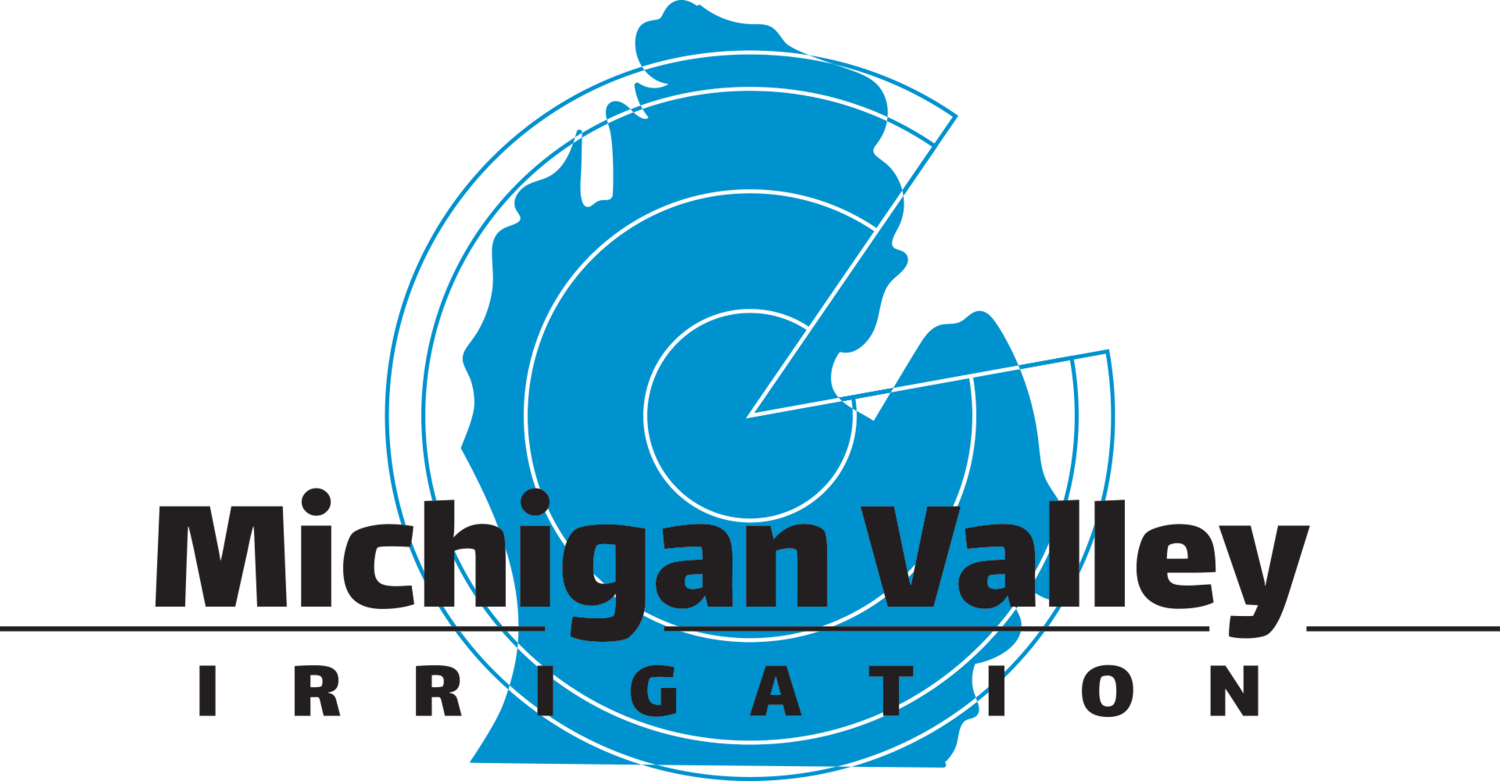Valley or Zimmatic?
This is my extremely biased opinion. My qualifications: I went to college for theoretical physics, graduating with degrees in mechanical engineering and economics. When I entered agribusiness, I became the first nationally certified irrigation designer for agriculture in the State of Michigan. I have had the opportunity to sell both Valley and Zimmatic pivots and have extensive experience working on irrigation systems in 15 states and three countries.
I may be biased, but I know materials science, structure, and agricultural irrigation.
For this analysis, I will focus on the structure of the two pivots and the key differences in the suppliers. Sprinklers may be the most critical part of the water application, but those are provided by third party manufacturers. While Valley has the most robust drive train, UMC does make a good product and supplies both Valley and Zimmatic with many components. Make no mistake; proper sprinkler and drive train design will have a significant impact on the lifelong cost and performance of your equipment, however those items come down to customer and dealer preference. When you decide which brand of center pivot to go with, you are really deciding between the architecture of the angle iron, trussing, rods, and quality of galvanization.
Angle Iron and Pipe:
Often, we see the price tag on a Valley pivot come slightly above that of a Zimmatic. What are you buying? Galvanized pipe, angle iron, nuts and bolts. A Valley span physically has more steel than a Zimmatic, and pound for pound is less expensive. Valley spans are designed for optimum longevity, and the extra steel goes a long way according to independent 3rd party lifecycle tests.
It seems like a nuance to compare the difference between Valley’s 3/16” angle iron and Zimmatics 1/8” angle iron. Its only 1/16 or 0.0625” different. In reality, that 1/16” is a full 50% more iron in the actual structural components of the span. With 50% more steel in the trussing, it is not unreasonable to see such dramatic differences in lifespan.
One place that Zimmatic spans are heavier than Valley are in the pipeline. A 9500 series Zimmatic uses an 11-gage pipe while 8500 series use a 12 gage. All Valley 7000 and 8000 spans use a 12-gage pipeline. The key difference is in the method of attaching sprinklers to the pipeline. Zimmatic uses a process called flow drilling in which holes are cut into the pipe wall to create threads for sprinklers. This requires extra pipe wall material to create enough threads to hold a sprinkler and is prone to micro cracks around the hole. The result is a weaker pipeline with unsupported holes at each sprinkler port, and flow inhibiting slag on the inside of the pipe.
Actual cross section of Zimmatic 9500 flow drilled coupler
Valley welds couplers onto the pipeline prior to being hot dipped, allowing for a full compliment of threads to hold sprinklers. Hydrodynamically this design allows for flow to the sprinklers with no impedance inside of the pipeline. Finally, in a worst-case scenario of a sprinkler broken off inside of the coupler or welded by time, a new coupler can be welded to the pipeline whereas the entire pipe must be replaced on a Zimmatic.
Actual cross section of a Valley 7000 / 8000 series coupler
Technology
In the early days of cell phone control (telemetry) there were three players: Zimmatic with Fieldnet, Valley with Tracknet, and a third party called AgSense. Around 2010, Fieldnet was dominant over Tracknet, and many dealers from Valley, Zimmatic and Reinke were utilizing the 3rd party unaffiliated AgSense. With the rapid technology evolution occurring with smart phones and 4g service it was apparent that Valmont needed to make a dramatic improvement to keep up. Valmont executed a two phase buy out of AgSense and abandoned the legacy Tracker products. Since then, AgSense has evolved into a platform that allows for control of pumps, pivots, grain bin monitoring, soil moisture monitoring, flow monitoring, and system troubleshooting. A game changer product was released with Valley’s ICON X panel, which adapts to any competitive pivot and allows for full functional control. It sounds so simple to adapt to competitive pivots. After personally spending hundreds of hours re-wiring control circuits on pivots to provide limited functionality, I can attest that this full control system is a huge accomplishment.
Moreover, the most prominent testimonial I have observed for “which telemetry is better” is seeing brand new Zimmatic pivots get built with Valley ICON Panels on them.
The Companies
When it comes to purchasing steel and transforming it into goods, there is no comparison to the volumes consumed by Valmont Industries (Valley pivots) and Lindsay Corp (Zimmatic pivots). Those giant high voltage transmission line towers? Valmont. The light poles in the city, cell phone antenna towers and solar arrays? Valmont. To put a metric on the difference in size, Valmont’s market cap is 4.96 billion while Lindsay’s is 1.68 billion. This translates into control of the raw steel markets and purchasing power between the two entities.
Conclusion
Don’t get me wrong… Zimmatic makes a good pivot that I consider to be the 2nd best option in the market today. The fundamental difference is that Zimmatic pivots are designed for ease of manufacturing and assembly while Valley pivots are optimized for longevity in the field. You may pay a little more for the Valley, but you are gaining orders of magnitude in value over the competition. It is the uncompromising solution for those of us that demand the best.
John M. McGee








